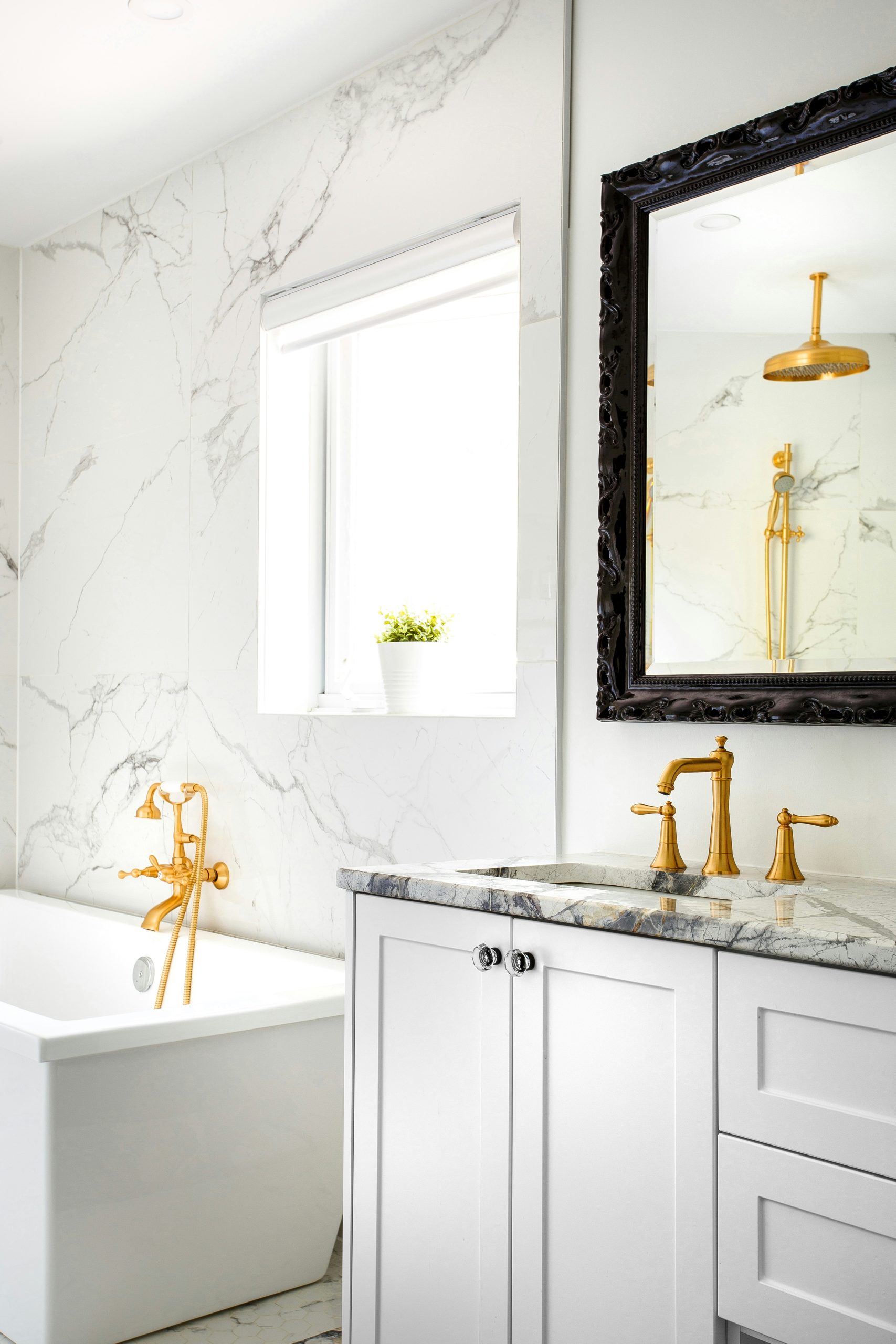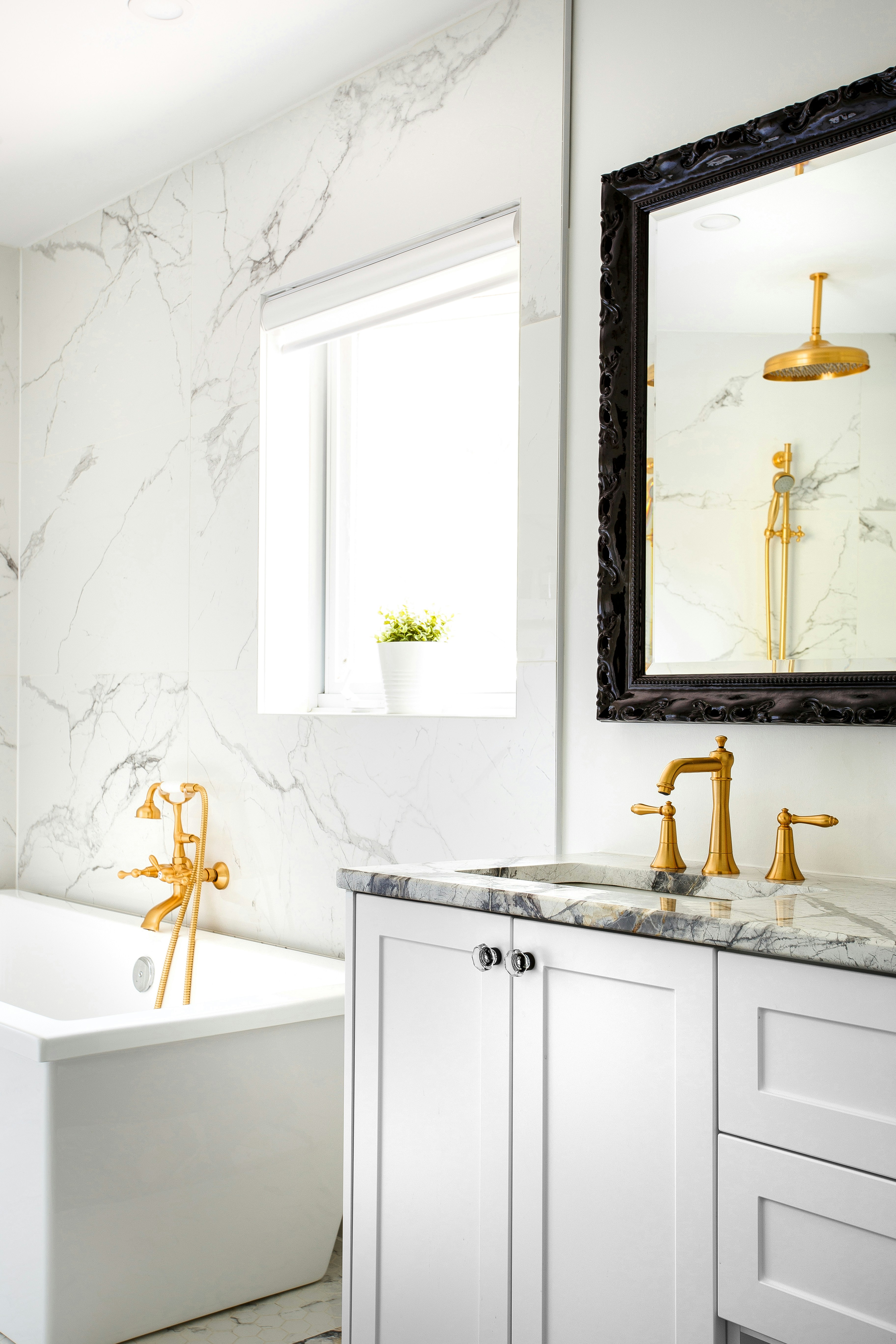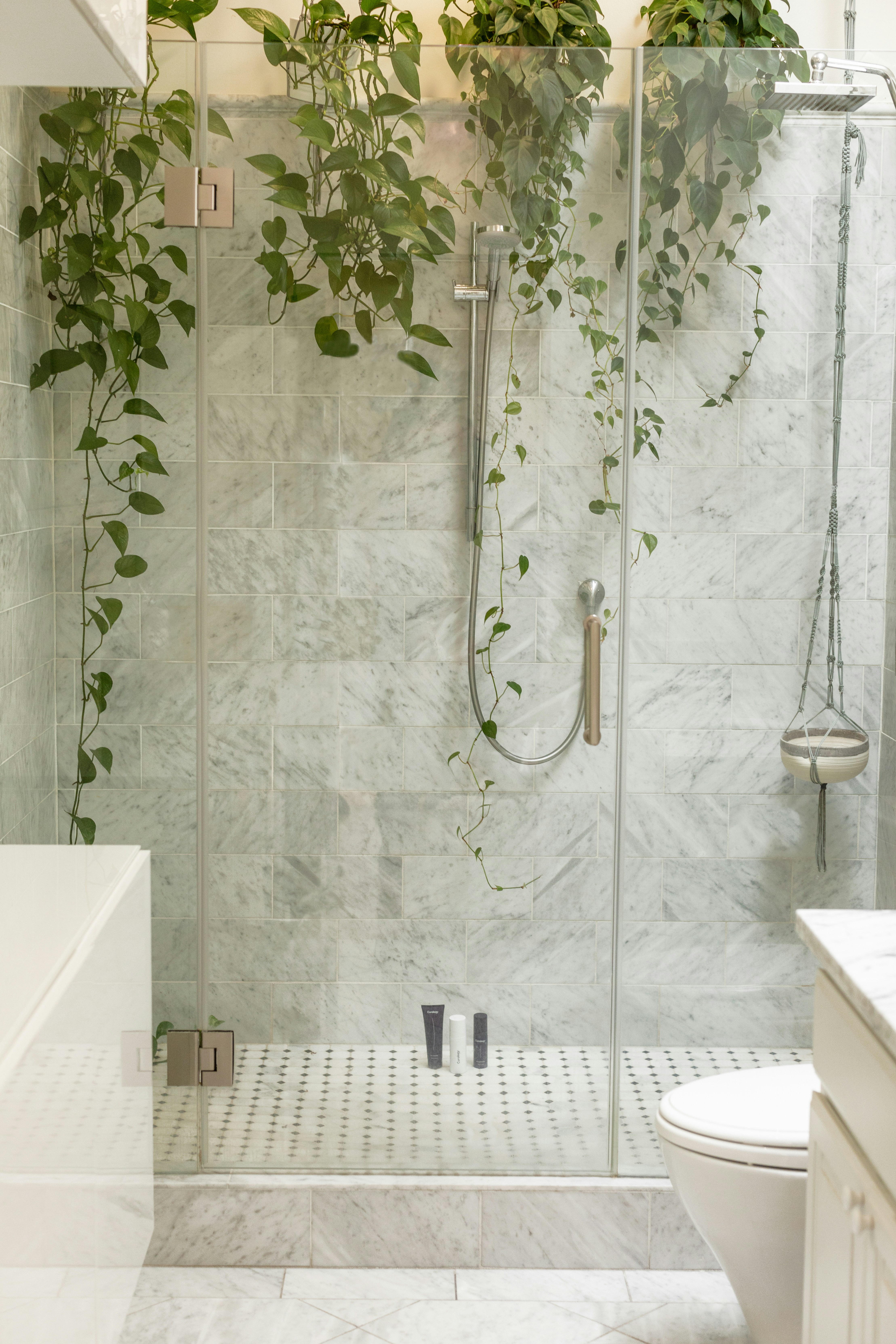
Introduction to silicone sealant for bathroom leaks
When it comes to bathroom maintenance, leaks can be a homeowner’s worst nightmare. A small drip can lead to mold growth, water damage, and costly repairs. Fortunately, there’s an effective remedy that many overlook: bathroom silicone sealant for leaks. This versatile product not only provides a watertight barrier but also enhances the overall look of your space. In this blog post, we’ll explore why silicone sealant is your best ally in combating those pesky leaks and how you can use it effectively in your own home. Let’s dive into the world of sealing solutions!
Understanding the causes of bathroom leaks
Bathroom leaks can stem from various sources, and understanding these causes is crucial for effective prevention.
One common culprit is faulty plumbing. Pipes wear out over time or may have been improperly installed, leading bathroom silicone sealant to leaks that trickle down into walls or floors.
Another frequent issue arises from deteriorating grout or caulk around tubs and sinks. As these materials break down, water finds its way through tiny gaps, causing damage beneath the surface.
Poor ventilation plays a role too. Excess moisture builds up in bathrooms without adequate airflow, promoting mold growth and further weakening seals.
Temperature fluctuations can also contribute to bathroom leaks. When temperatures drop or rise suddenly, building materials expand and contract, potentially leading to cracks that allow water seepage.
Identifying these factors early on helps homeowners take proactive steps toward maintaining their spaces effectively.
Benefits of using silicone sealant for bathroom leaks

Silicone sealant is a game-changer for bathroom leaks. Its flexibility allows it to expand and contract, making it perfect for areas exposed to moisture and temperature changes.
One of its standout benefits is water resistance. Unlike other materials, silicone forms a watertight barrier that prevents leaks from seeping through gaps or cracks.
Moreover, silicone sealants are mold-resistant. This quality helps maintain a clean bathroom environment by reducing the chances of mold growth around sinks and bathtubs.
The application process is straightforward. With just a few tools, you can achieve professional results without hiring an expert.
Another advantage lies in its durability. Silicone maintains its effectiveness over time, meaning fewer repairs down the line will save both effort and money.
Step-by-step guide on how to use silicone sealant for sealing leaks
Start by preparing the area where you’ll apply the silicone sealant. Clean it thoroughly to remove any old caulk, dirt, or moisture. A clean surface ensures better adhesion.
Next, dry the area completely with a cloth or paper towel. Moisture can prevent the sealant from sticking properly.
Now, cut the nozzle of your silicone tube at a 45-degree angle. This allows for smoother application and control over how much sealant comes out.
Using a caulking gun, apply an even bead of silicone along the seams or cracks in need of sealing. Move steadily to avoid gaps or uneven patches.
After applying, smooth the bead with your finger or a smoothing tool dipped in soapy water for a neat finish. Allow it to cure as per manufacturer instructions before exposing it to moisture again.
Tips for choosing the right silicone sealant
Choosing the right bathroom silicone sealant for leaks can transform your repair experience. Start by checking the product label. Look for waterproof and mold-resistant properties, which are essential in a damp environment.
Consider the curing time as well. Some sealants dry quickly, while others take longer to set. A faster-drying option may be more convenient if you’re eager to use your bathroom again soon.
Color matters too; clear or white options blend seamlessly with most surfaces but choose a color that complements your tile or fixtures for a polished look.
Pay attention to the brand reputation as well. Trusted manufacturers often provide better quality products backed by positive reviews.
Think about ease of application. Some silicone sealants come with precision applicators or nozzles designed for easy handling, making your sealing task much simpler and mess-free.
Common mistakes and how to avoid them when using silicone sealant

Applying silicone sealant can seem straightforward, but mistakes frequently occur. One common error is skipping surface preparation. Clean the area thoroughly before applying sealant to ensure proper adhesion.
Another mistake is applying too much pressure when dispensing the sealant. A smooth bead is essential; overdoing it can lead to messy applications and uneven surfaces.
People often forget to check for compatibility with existing materials. Not all silicones work well with every substrate, so it’s crucial to confirm that your chosen product is suitable for bathrooms.
Timing also plays a role; using silicone in humid conditions may delay curing time significantly. Ensure adequate ventilation during application for best results.
Neglecting maintenance after sealing can shorten the lifespan of your repair. Regularly inspect seals and reapply as needed to prevent leaks from returning.
Alternative solutions for sealing bathroom leaks
While bathroom silicone sealant for leaks is a popular choice, there are alternative solutions worth considering. One fashion option is caulk made specifically for bathrooms. This type of caulk often includes mold and mildew inhibitors, making it ideal for high-moisture areas.
Another solution is waterproof tape. It’s easy to apply and can create an instant barrier against leaks. However, be mindful that this may not provide a long-term fix.
Epoxy resin also serves as a durable option for sealing cracks or gaps in fixtures. Once cured, it forms a strong bond that can withstand water exposure.
For those looking at DIY methods, applying rubber gaskets in plumbing connections could help prevent future leaks too. Each solution has its own benefits but requires proper application to ensure effectiveness.
Conclusion: Why silicone sealant is the best option for sealing bathroom leaks
Choosing bathroom silicone sealant for leaks is a smart choice that offers numerous advantages. Its flexibility allows it to expand and contract with temperature changes, creating a reliable barrier against water intrusion. Unlike traditional caulks, silicone sealants are resistant to mold and mildew, making them ideal for humid bathroom environments.
The ease of application makes it accessible for both DIY enthusiasts and professionals alike. With proper preparation and technique, you can achieve a long-lasting seal that prevents leaks effectively. Plus, the variety of colors available means you can find one that matches your décor seamlessly.
While there are alternative solutions out there—like foam tape or epoxy—the durability and effectiveness of silicone sealant stand out as the superior option. It’s essential to understand how to apply it correctly while avoiding common pitfalls, ensuring you maximize its benefits.
If you’re dealing with bathroom leaks and seeking a dependable solution, look no further than bathroom silicone sealant. It’s not just about sealing; it’s about safeguarding your home from water damage in an efficient way. Trust in this versatile product to keep your bathrooms dry and leak-free for years to come.



